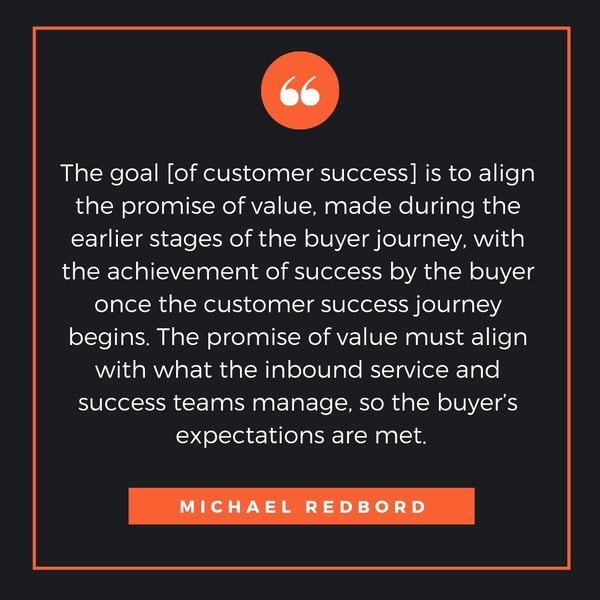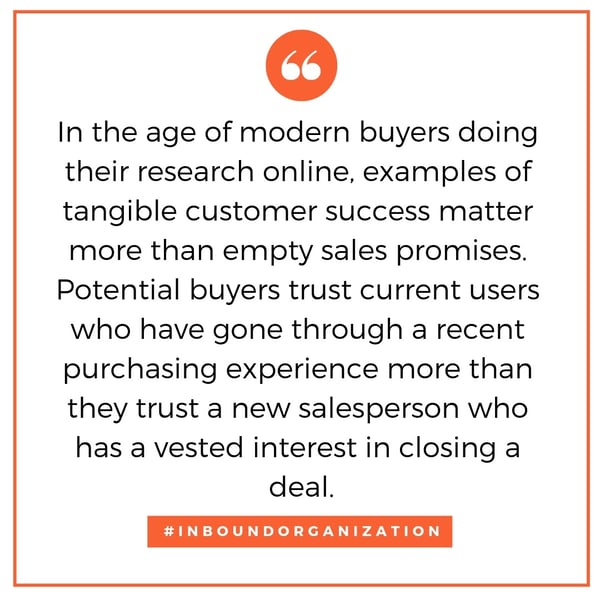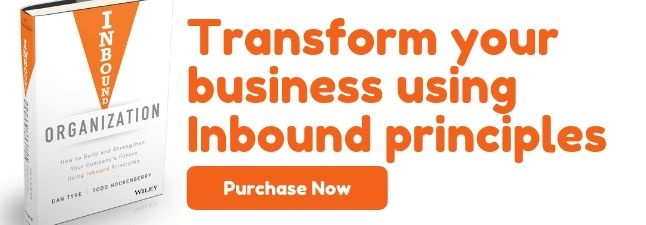Posted by Rebecca Miller ● Mar 08, 2019
Keeping and Finding Customers with Customer Success
Customer success is often an underutilized opportunity for both customer retention and sales acquisitions. With so many competing products and services vying for customers attention, customer success offers companies a way to stand out and connect with their prospects.
What is Customer Success?
Customer success is the way you ensure your customers are getting the most out of your products and services. This can the function of a specific team or a part of another role; either way, customer success works closely with sales, marketing, and customer support.
In fact, customer success goes hand-in-hand with customer support. While customer support helps solve problems, fields calls and emails, and answers questions, customer success works with customers over the long haul, focusing on assisting customers in getting the most out of their purchase and collecting their feedback.
Customer support is typically reactive while customer success is proactive.
VP of Services and Support for HubSpot, Michael Redbord talked about customer success both in Inbound Organization and during the launch event with Todd.
During the launch event, Redbord defined customers success as, “how you take your customers, and you give them what they want from you in a way that enables you to unlock even more value down the road. It’s a series of practices, thought processes, and a mindset about putting the customer first to get what they want out of you and what you want out of them.”
Check out that video here:
Why Does Customer Success Work?
In Inbound Organization Michael Redbord says that the goal of customer success is to, “align the promise of value, made during the earlier stages of the buyer journey, with the achievement of success by the buyer once the customer success journey begins. The promise of value must align with what the inbound service and success teams manage, so the buyer’s expectations are met.”

Put simply customer success helps ensure that the customer receives the value they were promised (managing expectations) and connects that value with their success. The goal is providing good fit customers with successful experiences so that they are happy and stick around.
Customers who are only moderately happy with your product or service who turn over quickly are expensive to acquire and need to be continuously replaced. Long-term customers who are thrilled with your product or service are also better customers. They can also help you attract more good fit customers because…
Verifiable Success is More Valuable Than Sales Promises
Verifiable customer success is one of the best selling tools available to businesses today.
“In the age of modern buyers doing their research online, examples of tangible customer success matter more than empty sales promises. Potential buyers trust current users who have gone through a recent purchasing experience more than they trust a new salesperson who has a vested interest in closing a deal.” – Inbound Organization

Modern buyers are aware that salespeople have a vested interest in making a sale, so their claims of product performance or quality are inherently suspect. A customer testimonial or review, however, feels more authentic and trustworthy.
It doesn’t matter if a salesperson and a customer are saying the same thing the customer's opinion carries more weight.
Of course, to have positive customer reviews, your customers need to be successful. You also need to have a system in place for capturing reviews and testimonials. Part of customer success is managing this process.
Learn More
Customer success is a powerful tool for keeping existing customers and finding new ones, which is why Inbound Organization dives deep into the topic explaining what it is, how to leverage customer success, and the role of customer success in an inbound organization. Pick up your copy of Inbound Organization to learn more!
Topics: Inbound Organization, Company Culture





